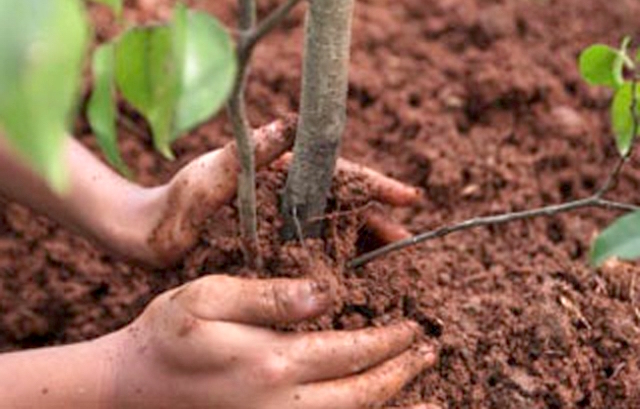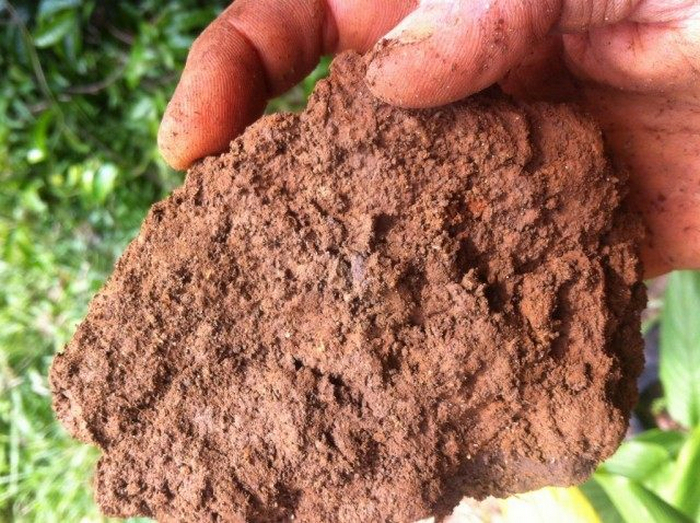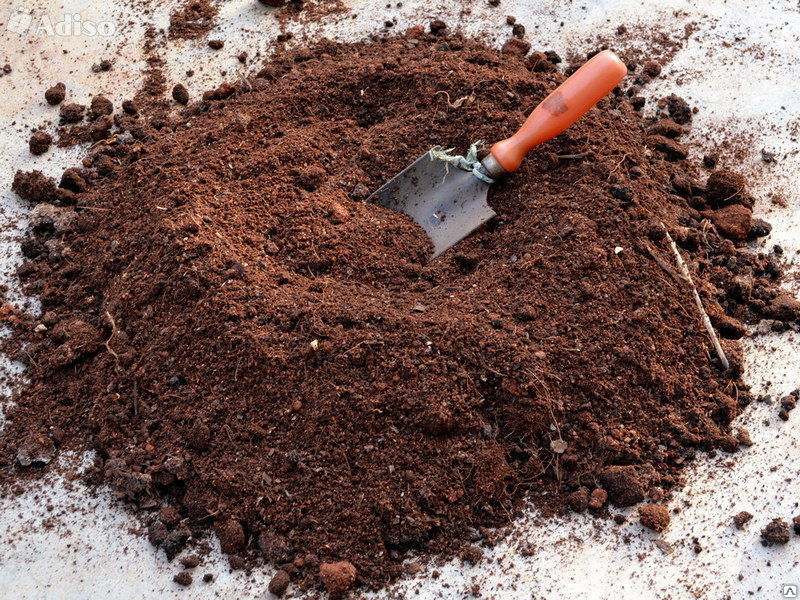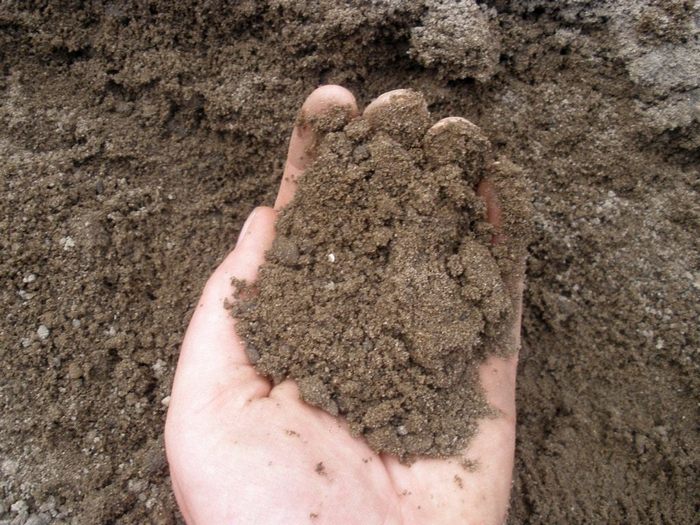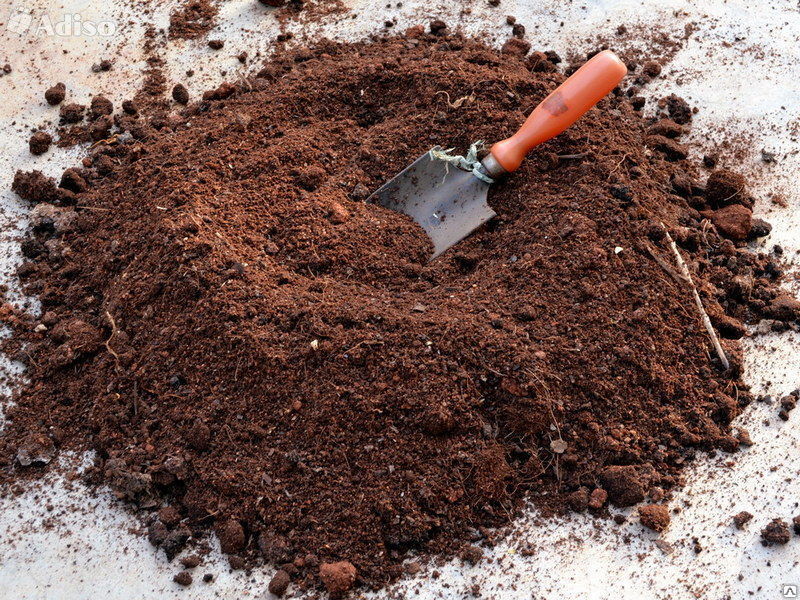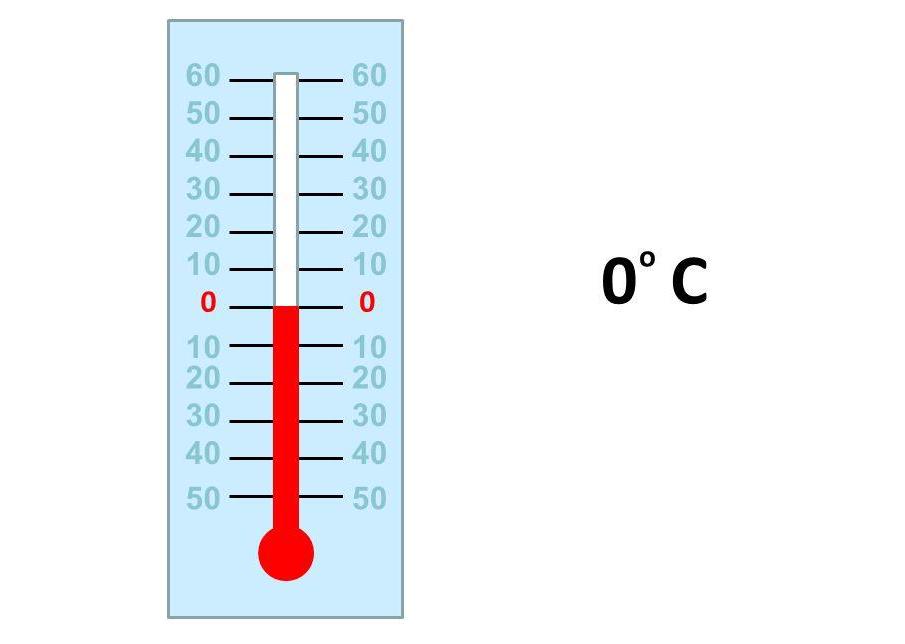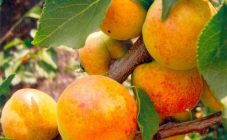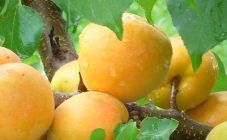Content:
Apricot is a fragrant and very healthy fruit of southern origin that is hard not to love. In summer, the apricot tree gives a bountiful harvest of unique fruits suitable for making jams, compotes and jams. Subject to proper farming practices, the fruiting of the apricot tree will be stable and healthy.
Successful adaptation of an apricot seedling in a permanent place and further growth of the tree is possible if certain planting requirements are met.
What season to plant apricots
It is best to plant an apricot seed or seedling by the end of April. It is necessary to plant the tree before budding begins, before the plant enters the active growing season.
Planting apricot seedlings in any other month, including June, is not recommended.
Planting recommendations for different regions
For the Volga region, northern apricot varieties are recommended, which must be planted by early April.
Landing in the middle lane is carried out in mid-April.
The end of April is considered to be the time of planting the apricot tree in the Ural and Siberian regions.
Spring planting of apricot seedlings
In order for an apricot tree to grow healthy and bear fruit abundantly, it is necessary to choose the right apricot seedlings and plant them according to the recommended scheme, which tells in detail how to plant the apricot correctly.
Requirements for soil composition
The pH of the soil for planting an apricot tree should not exceed 7. Permissible composition of the planting soil:
- black earth;
- loamy.
Planting an apricot in clay, sand or peat soil will slow down the growth and development of the seedling. When planting a tree in soil that has a sandy structure, the bottom of the planting recess must be covered with a layer of clay, and in clay soil with a layer of sand.
How to prepare the planting soil
To ensure uninterrupted access of oxygen to the root system, the soil must be well drained. Drainage can be ensured by filling a layer of one of the available materials:
- crushed stone (middle fraction);
- gravel;
- expanded clay.
One of the following components is poured on top of the drainage layer:
- wood ash;
- charcoal;
- ammonium nitrate.
In order to avoid contact of the root system with the top layer of fertilizer, it is necessary to fill up the soil over the drainage. You should also avoid excessive waterlogging of the earth to prevent root rot. The landing site must be protected from northerly winds.
Upon completion of planting work, it is necessary to carry out the first watering, and then mulch the near-stem zone with one of the organic materials:
- straw;
- sawdust;
- grass.
Most of the main and overgrown roots are located at a half-meter depth.The radius of their growth horizontally exceeds the radius of the crown part by more than two times. At a 5-meter depth, 10% of the root system is located - vertical roots.
Selection and preparation of a seedling
The purchased planting material for planting apricots in spring with seedlings must be strong and look absolutely healthy. The presence of any deformations on the root system is unacceptable.
A seedling suitable for planting should be one year old. Damaged roots, as well as those that have gaps, must be cut off with a sharpened garden knife. It is not recommended to undercut the existing sections - this procedure may negatively affect the survival of the root system.
Drying of the roots should be avoided during transportation and storage until planting in a permanent place. However, when this situation arises, in order to restore the seedling's ability to grow, it must be placed in water for several days.
You can prevent the root system from drying out by dipping the roots in a mixture consisting of such organic components as black soil and mullein.
Recommended landing pattern
Since the height of the apricot tree is 15 meters, the radius of the crown part is 5 meters, it is not recommended to plant it near other trees or structures. Many novice gardeners are interested in the question of how to plant an apricot in two or in one tree. The minimum distance between an apricot and an adjacent tree should be 5 meters. Planting trees in a checkerboard pattern, adhering to the standard parameters (in meters), will reduce the negative consequences of strong gusts of wind:
- 3X5;
- 5X5;
- 5X6;
- 6X6.
Landing recess requirements
To ensure the correct development of the tree in the future, it is necessary to create a planting pit of the required size before planting the apricot. The deepening for planting should be large - the placement of the root system requires a lot of space, as well as a significant area of the pit for laying the soil with fertilizers applied to it.
The minimum parameters of the pit for planting an apricot tree are 65X80 centimeters.
Spring is considered the most suitable time to prepare the planting recess - at this time, the soil in it is enriched with a sufficient amount of moisture and oxygen. Autumn planting should be carried out three weeks before the onset of night frosts.
When digging a depression, the surface layer of chernozem soil should be poured onto one side, and the lower one - on the other. This is necessary in order to cover the depth of the root system with a surface layer, since the roots develop faster in conditions of enriched soil located in the upper layer.
Errors during planting
Inaccuracies should be avoided when planting an apricot tree in order to avoid subsequent problems with the development of the root system and the plant as a whole. There are a number of the most common mistakes made by gardeners during planting events:
- if the planting recess was prepared immediately before planting the seedling, this can lead to soil subsidence and excessive deepening of the root fork;
- fertilizing a seedling with a fresh mullein during planting will contribute to the suppression of the root system;
- when using fertilizers based on nitrogen, the growth of the aerial part will increase, which will lead to a weakening of the root system and a loss of cold resistance of the plant;
- adaptation of a two-year-old seedling will take more time;
- planting too late in spring can lead to the death of the planting material.
Apricot planting process
Step-by-step instructions for carrying out planting work:
- the day before planting, place the root soak in clean water;
- make a mixture by mixing mullein with clay to a consistency resembling sour cream;
- briefly place the roots in the prepared composition;
- dry the roots;
- create a landing recess;
- deepen the soil according to the size of the root system;
- pour water;
- place the seedling in the center of the recess;
- straighten all parts of the root system, avoiding deformations;
- place the root fork at a level of 5 centimeters above the soil surface;
- cover the roots with earth;
- thoroughly compact the soil;
- pour a 10-cm roller along the diameter of the pit;
- fix the apricot seedling to the support;
- water the planting with two buckets of water;
- flatten the roller;
- mulch the trunk circle with a 4-cm layer of peat or humus.
About apricot transplant
Before you start replanting an apricot tree, it is necessary, after reading the manual on agricultural techniques, to collect a number of information about how the secondary planting of an apricot is carried out.
Terms of transfer works
You can transplant apricots both in spring and autumn. In areas with cold climates, apricots are transplanted in the fall season. In the regions located in central Russia, spring transplantation is practiced.
Multiple transplanting of the tree should be avoided, since the plant is difficult to adapt to a new place, and also because a certain part of the root system is injured with each transplant.
Transplant in the spring season
In the spring, you need to have time to transplant the apricot tree before the buds begin to bloom. The advantage of spring transplanting is good survival rate due to high temperatures. The negative side of this method is the risk of damage to the planting due to night frosts, typical for the northern and middle zone. Thus, a spring transplant is recommended for the southern regions.
Moderately moist soil is a favorable environment for the survival and development of this plant; another advantage of replanting in the spring season is abundant irrigation of the land, provided by melted snowfall.
Transplant in autumn
An autumn transplant is carried out a month before the establishment of 0 ° C air temperature. The time for transplanting apricots in the central regions of Russia for the autumn season is late September-early October. In order for the planting to take root better, these works should be carried out after the foliage has fallen. In dry weather, transplanting in the early calendar autumn should not be carried out - in dry soil conditions, the tree may not take root.
The advantage of replanting in autumn is the possibility of gradual hardening of the tree. Before the onset of cold weather, the tree has time to take root, and with the onset of spring it begins to grow rapidly.
When transplanting, accompanied by conditions of increased air temperature, the tree may take root less well. Transplanting the apricot too early can damage the plant due to low night temperatures.
Landing near groundwater
The first step is to determine the exact height of the groundwater, as well as what type they are:
- stagnant;
- mobile;
- flowing.
Flowing groundwater, due to its enrichment in dissolved oxygen, is suitable for growing fruit trees.
The waterlogged area should be drained. This can be done in two ways:
- having laid out drainage pipes made of plastic with a “herringbone” pattern, dumping excess water into drainage channels;
- a system of 1.5-meter drainage ditches is being dug out to remove excess water outside the site.
You should also determine the level of groundwater mineralization - exceeding the dry salt content of 1 g / l is considered unacceptable for growing apricot trees.
There is a step-by-step procedure for planting with a close occurrence of groundwater:
- drive a stake in place for landing;
- dig the earth along the perimeter of the near-trunk circle to a depth of two shovel bayonets;
- apply the necessary fertilizers to the soil;
- pour a 15-centimeter hill on top;
- drive a garter stake into the ground;
- place the seedling in the center;
- spread the roots over the surface;
- fix the seedling;
- cover the tree, leaving the root fork half a meter above the ground.
What can be planted under an apricot
The most suitable plants for planting under apricot trees are spring flowers, such as:
- tulip;
- muscari;
- primrose.
It is not recommended to plant the following crops next to the apricot:
- Walnut;
- poplar;
- Birch tree;
- cherry;
- hazelnut.
Proper planting of an apricot requires certain knowledge and skills on how to plant and care for an apricot. Compliance with all recommendations will allow you to grow a healthy apricot tree that gives a good harvest.
